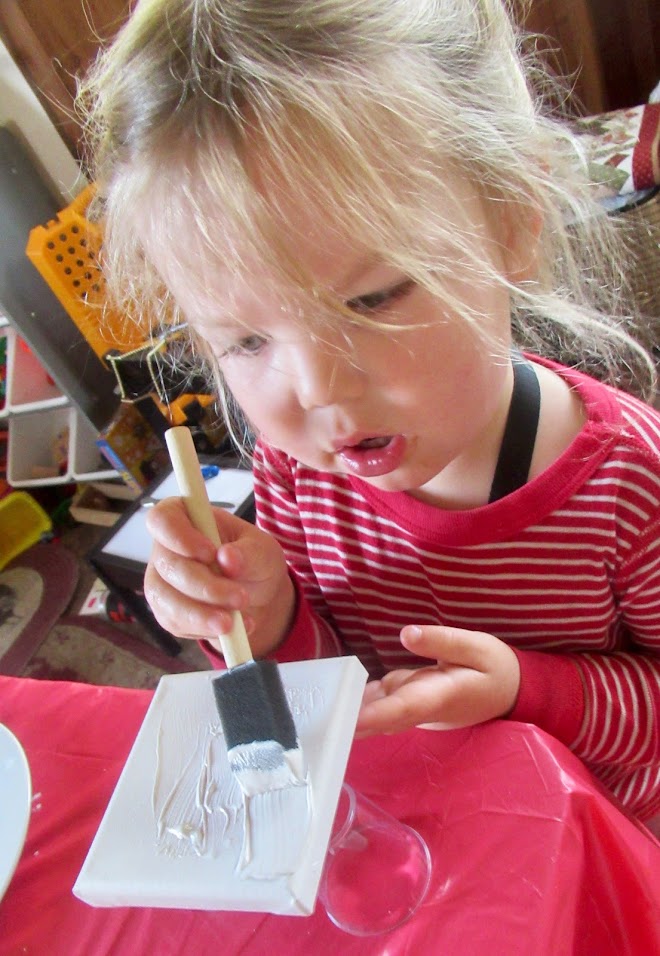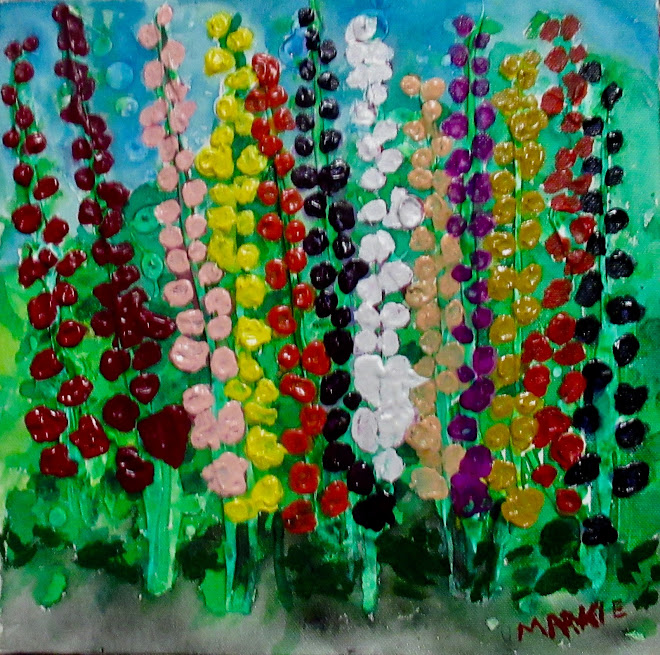Giants’ Chances? Smoking Hot- Part II
I have been diligently analyzing the San Francisco Giants’ players for every snippet of pertinent data concerning stats, experience and intangibles, so as to be able to place each team member securely on a scale from 1 to 10. Yesterday, I appraised the position players in San Francisco Giants’ Chances for Success? Looking Excellent! so today I am inspecting the pitching. By combining yesterday’s input with that of today, I feel I will be able to deliver to you a workable facsimile of the Giants’ possibilities for fulfilling our elevated expectations.
Note that elevated expectations are not the same thing as inflated expectations. We demand the utmost of standards from the Giants‘ starting pitching because they are capable of delivering. Four of the five have been working as a unit for three full seasons, and three are going into their fifth season together. Continuity is a key intangible that must factor into this discussion, because fielders learn the subtle nuances of the men they play behind and can more effectively plug the gaps. WIth the kind of reflexes that Brandon Crawford has, a step one way or another-in advance-makes all the difference in the world.
I will start with Tim Lincecum (32 starts, 10-14, 4.32 ERA, 197.2 IP, 193 SO, 76BB) because he is our very own enigma...puzzle... mystery...take your pick. We get to ricochet along with him as he goes from league leader in walks to tossing a no-hitter, to being the savage in the 2012 Playoffs, checking his ego at the door and working out of the bullpen. We can’t live with him, and we don’t want to live without him. We’re paying Timmy well for all of his uncertainty. If the Giants can remain healthy and keep the team on track enough to eke out a Wild Card slot, then we will need Timmy like never before-or like twice before, whichever you prefer.
So we are gambling on Timmy regaining his poise and being able to win fifteen games, after a mediocre spring (1-1, 5.79 ERA, 23.1 IP, 15 SO, 8 BB). Of course, if he’s tinkering with his pitches on the advice of Hudson, then we might reasonably expect some erraticism. He doesn’t have to win a Cy Young; he just can’t lose games anymore because of control issues.
Brian Sabean, the longest tenured manager in the bigs, brought number five starter Tim Hudson into the fold because he knows that Hudson is a fierce competitor who will do anything to win, including sharing the mechanics of his devastating sinker-ball with Timmy. Can you imagine what Lincecum would be like, if he gained a measure of control over some of Hudson’s nastiness? Players are so accustomed to swinging at pitches in the dirt from Timmy, that this should really make them whimper. So I’m throwing caution to the wind and going with Timmy to prove that he will balance out his act, and regain that classic sneer with an element of vengeance. Scale says 8.8.
I will segue right into Tim Hudson, (8-7, 3.97 ERA, 131.1 IP, 95 SO, 36 BB) because I am still dazzled that this fighter is now a Giant. He’s a great athlete who fields his position very well, healing ankle and all. He has won more games than any other active pitcher, never having had a losing season, and he brings with him a wealth of knowledge and experience from being with both the Oakland Athletics and Atlanta Braves. His pitching style meshes so well with AT&T Park, that it’s uncanny. His spring stats looked like this: 2-2, 4.26, 25.1 IP, 18 SO, 11BB. I can’t think of a veteran pitcher of his caliber that I would have chosen over him. Scale says 8.5. Hey, he’s 38 and there still may be possible ramifications of his ankle injury.
Ryan Vogelsong came onto the scene like a comet, blazing his way into Giants’ lore for two full seasons, making the All-Star team in 2011, and playing a dominant role in the 2012 World Series. But though it may seem like a case of What-have-you-done-for-us-lately, it’s actually just a matter of Get-it-together-or-else. Everyone appreciates the brilliance with which Vogelsong performed, but not enough to let him tarnish this year’s hopes. After all, the thing about comets is that they appear out of nowhere, and return to that place too soon. If Ryan struggles, he needs to get back in form in Fresno, not San Francisco. If he returns to form, after a hideous spring (9.0 ERA, 19 innings), then great success. If not, Yusmeiro Petit and David Huff will either vie for his spot, or Bruce Bochy will simply select one to start. Scale says 7.
Matt Cain is the longest tenured Giant, and has been a model of consistency since 2005. Though his stats were not as resplendent in 2013, there were two games in particular, where he gave up vast unlimited quantities of runs, thus skewing his totals for the year. His list of credentials is as long as a baseball bat, but the ones that count the most are not found in the manual. Matt Cain is the leader on the team because other players want to duplicate his feats. He is formidable in size and he has fulfilled his role as senior statesman for long enough to know how to get the job done. There’s a mystique about a player who can dominate the World Series, the way Cain did it in 2010, that carries over to the regular season. Maybe it’s the bearing and gait used by Cain when takes his place on the mound, and maybe it’s just that he’s good at what he does. His credentials are well-established, and he’s anxious to add to them this year. Scale says 9.5.
Last comes the man who’s up first, having been chosen pretty early on in spring training by Bochy as the Opening Day starter, an honor well-deserved based on his 2013 performance. Madison Bumgarner (13-9, 2.77 ERA, 201.1 IP, 199 SO, 62 BB) was the only Giants’ pitcher with a winning record last season, and the only Giants’ pitcher to have a spring worth noting (3-0, 1.19, 22.2 IP, 22 SO 2BB). He never gave up a run until his final spring start, when he surrendered three solo home runs, in the space of five batters. Personally, I was relieved because I did not want him going into the regular season with a 22 inning scoreless streak.
Ever since Bumgarner’s electrifying World Series performance in 2010, he has continuously blazed his own trail, refusing to allow success to alter him from the single-mindedness of his endeavors. He is the stuff of which Cy Young Award winners are made. His temperament seldom strays from path of determination and calm, and if he gets angry, as he did in a game against San Diego last season, when he wanted a piece of Jesus Guzman, you see a cataclysmic transformation, as though Mount Madison is about to blow. It certainly rocked my little preformed idea of what Madison is capable of doing. Scale says 10.
So there we have it. Adding up the numbers (43.8 points) and dividing by five equals 8.76, which is 88% or a B+. By reaching back into yesterday’s piece, I find that the position players totaled 93%, so that with the pitchers at 88%, the combined percentages average out to 90.5%, which is an A-. Whether or not it’s good enough to make it into the playoffs, will be determined along the way.
Like Madison Bumgarner, the smoldering Giants, in hibernation for the 2013 season, are capable of causing an eruption during the unfolding of the 2014 season. With Clayton Kershaw and every one of the Los Angeles Dodgers’ pitching staff suffering from one ailment or another, the Giants must capitalize by rocketing out the gate with force and conviction, or run the risk of being shunted aside, in favor of our high-priced neighbor to the south.














